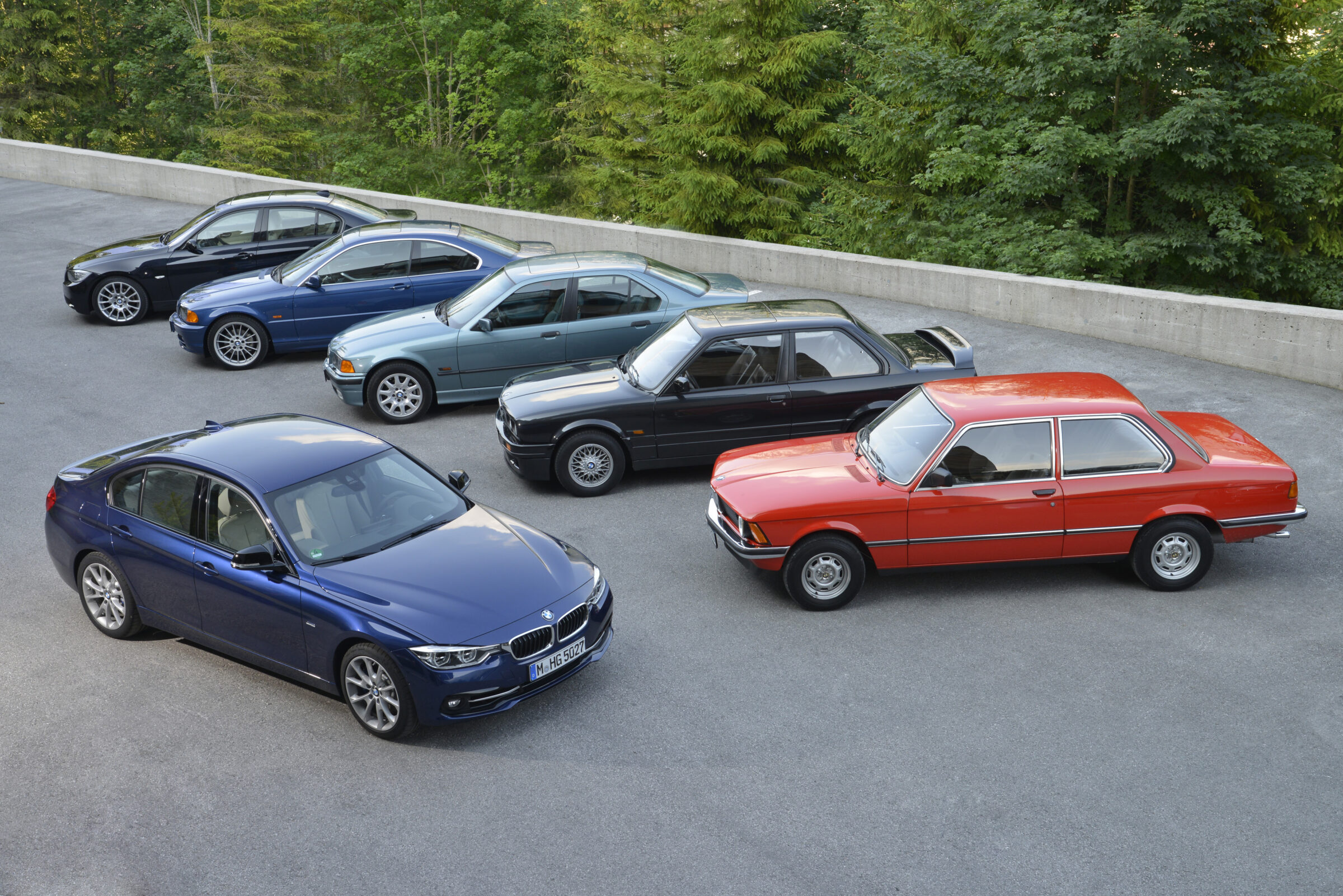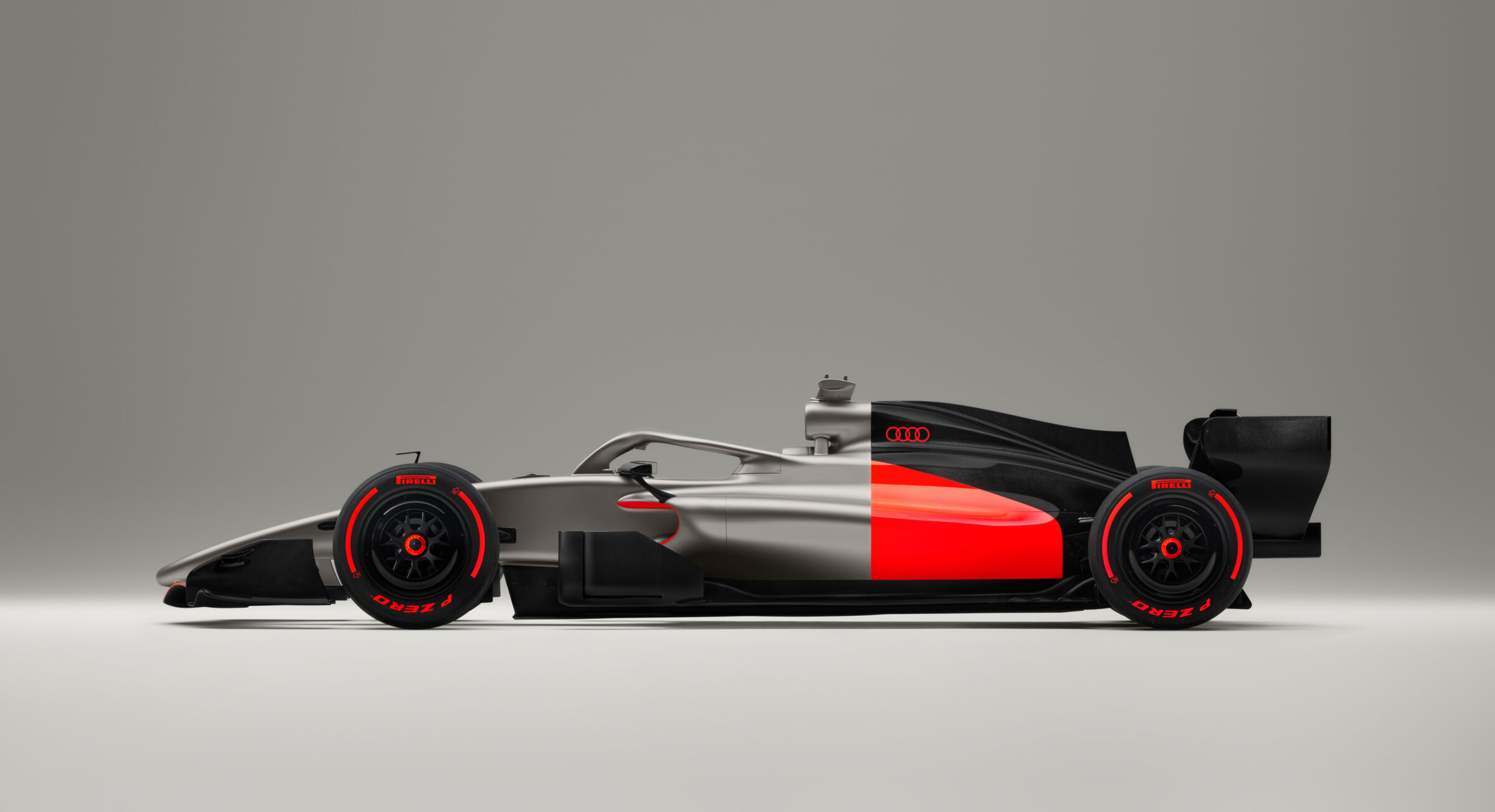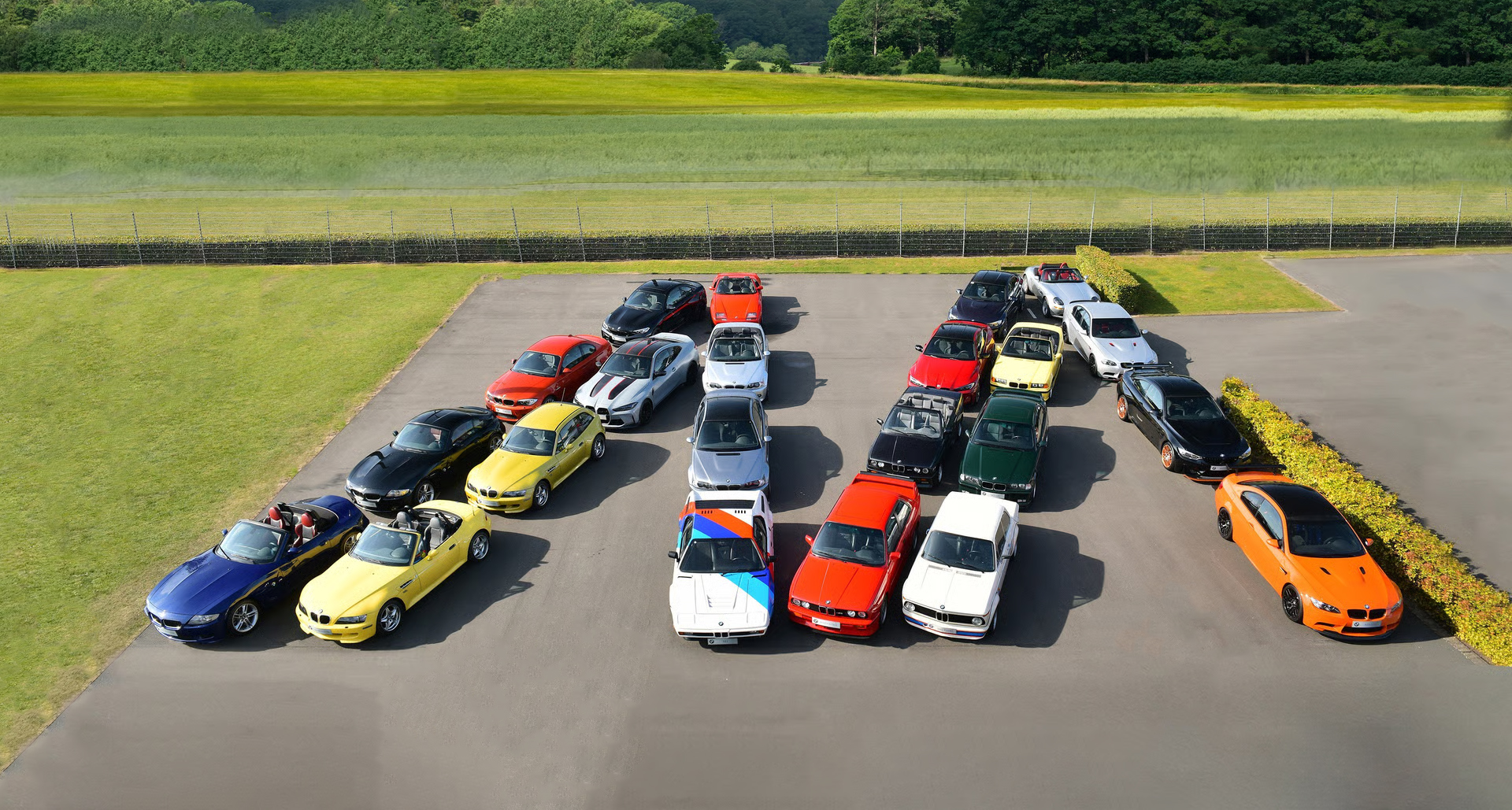The 3 Series from Munich celebrates its 50th birthday!
1975.
A year between new beginnings and uncertainty. The ‘Great White Shark’ swallowed up entire generations of cinema-goers, disco rhythms replaced the last sounds of hippie music, and angular car bodies in earthy colours dominated the streets of Europe. The oil crisis was still reverberating, mobility had to be rethought – and yet the car remained the epitome of freedom. Amidst this tension, a new model rolled off the production line in Munich that combined all of these elements: the BMW 3 Series. Not a revolution at first glance, but the beginning of an icon that would capture the spirit of the times for decades to come.
The beginning: BMW E21 (1975–1983)
The birth of the 3 Series began with clean lines and the driver’s cockpit designed by Paul Bracq, which put the driver at the centre of attention. The E21 was compact, elegant and sporty at the same time – and it redefined the term ‘premium mid-range’. With engines ranging from the economical four-cylinder to the spirited six-cylinder M20, it combined reason and passion in a way that was unrivalled in the 1970s.


The icon: BMW E30 (1982–1994)
If there is one generation that made the 3 Series legendary, it is the E30. It turned the 3 Series into a model family: for the first time as a convertible, touring car and in a wide variety of body styles. Angular, full of character, today more sought-after than almost any other car of its time. The E30 was not just a car, it was a way of life in the 1980s.
The first M3 – Myth on four wheels
In 1985, BMW presented the first M3 based on the E30 – a homologation model for touring car racing series. Under the bonnet was a high-revving four-cylinder engine with a displacement of 2.3 litres and up to 200 hp in the road version, while the racing versions delivered over 300 hp. Later evolutionary stages (‘Evo II’ and ‘Sport Evolution’) increased the power to up to 238 hp. With wider fenders, spoilers and a chassis uncompromisingly tuned for driving dynamics, the M3 made motorsport history – from the DTM to rallying. Even today, the E30 M3 is still considered one of the purest driving machines of all time.



The dawn of a new era: BMW E36 (1990–2000)
With the E36, the 3 Series entered adulthood. Flatter, wider, more elegant – the design language of the 1990s brought the 3 Series closer to the luxury class without losing its sporty soul. The Coupé and Convertible exuded understatement, while the ‘Compact’ showed the courage to enter a new niche. The E36 was a global success and cemented the 3 Series’ reputation as the heart of the BMW brand.
The M3 from the 90s
The E36 M3 also broke with tradition: under the bonnet was now an inline six-cylinder engine – initially with 286 hp from 3.0 litres, later with 321 hp and individual throttle valves in the 3.2-litre version. This enabled it to achieve performance figures that were then in the realm of super sports cars. With 0 to 100 km/h in 5.5 seconds and a top speed electronically limited to 250 km/h, the M3 had finally arrived in the automotive premier league.



The bestseller: BMW E46 (1997–2006)
Hardly any other BMW is as memorable as the E46. Sold in millions worldwide, it combined modern design with timeless elegance. With a higher-quality interior, more precise chassis and even more versatile variants, it was the right car at the right time. Whether as a 320d company car, a Touring for the family or a convertible for Sundays, the E46 could do it all.
The M3 CSL – an icon of lightness
The E46 produced an M3 that is considered one of the best today. The S54 inline six–cylinder engine delivered 343 hp, revved to over 8,000 rpm and was a technical masterpiece. The crowning glory of the series was the 2003 M3 CSL: 360 hp, consistent lightweight construction, carbon roof – a driving machine that is still considered the benchmark for purist performance today.

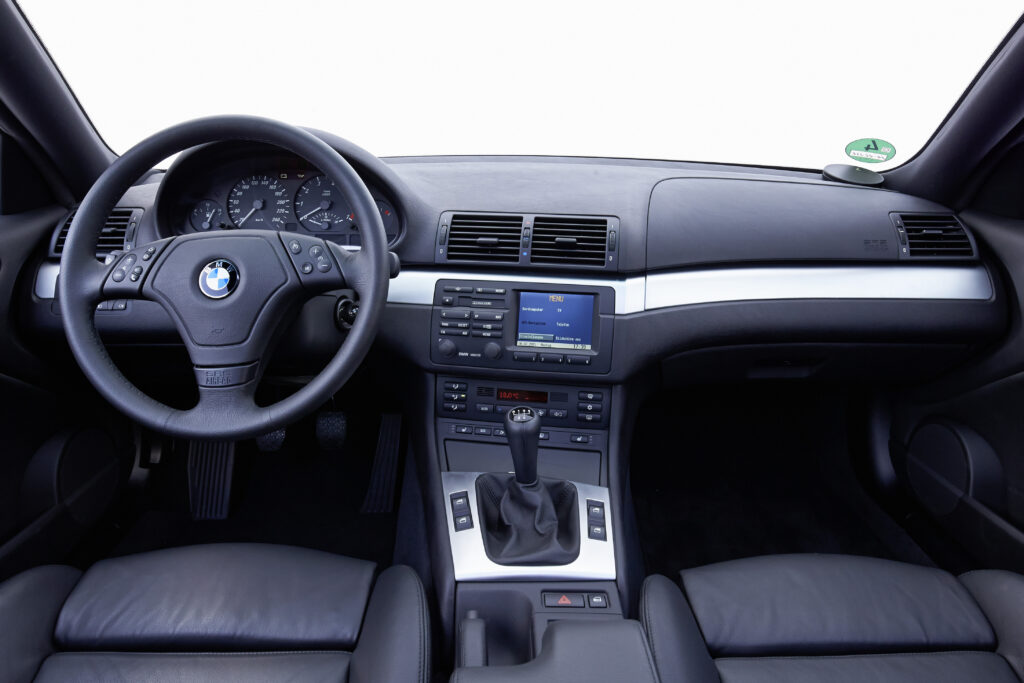
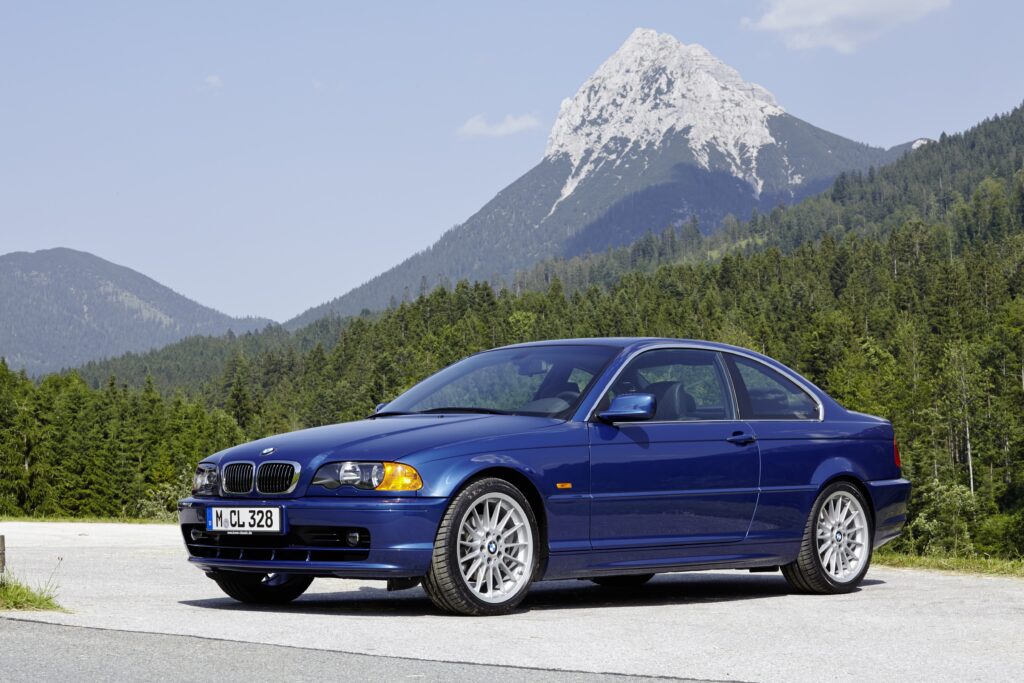

A turning point: BMW E90 (2005–2012)
The E90 marked the beginning of a new chapter. With a more angular appearance, more sophisticated technology and, for the first time, equipped with the iDrive system, it brought the 3 Series into the digital age. The saloon, touring, coupé and convertible continued to cover the entire range, and the 335i was the first to feature a turbocharged inline six-cylinder engine. The E90 polarised opinion with its design, but it set new standards in driving dynamics and quality.
The last high-revving M3
The E90/E92 M3 was exceptional in many ways: under the bonnet lay a naturally aspirated 4.0-litre V8 with 420 hp, revving up to 8,400 rpm – a technical masterpiece that has never been replicated. It sprinted to 100 km/h in 4.8 seconds and had an electronically limited top speed of 250 km/h. The last M3 with a naturally aspirated engine, and to this day an emotional highlight of the series.
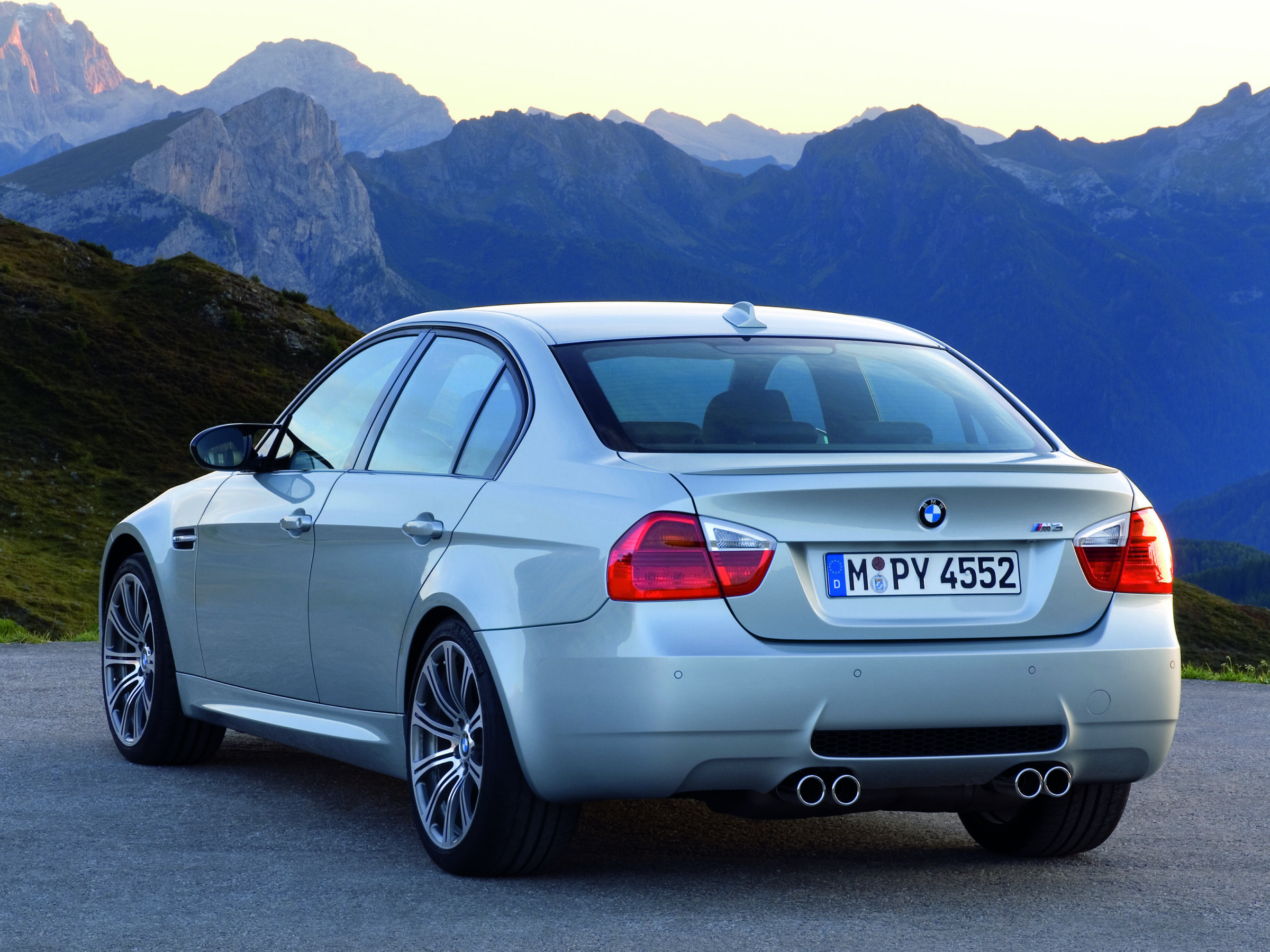

The modern 3 Series: BMW F30 and G20 (2011–present)
The F30 marked the beginning of the digital age for the 3 Series. New lines, turbo engines, hybrid variants for the first time and a previously unknown level of customisation characterised this generation. At the same time, BMW broke with tradition: the coupé and convertible were spun off into the independent 4 Series.
Since 2018, the G20 has continued to set the standard in the mid-range segment. With large displays, driver assistance systems and plug-in hybrids, it is as much a high-tech marvel as it is a driving machine. And yet, the fundamental promise that every journey feels like a BMW remains intact – whether in the efficient 320d, the electrified 330e or the uncompromising M3.
The F80 (2014–2018) saw a radical change in the M3 concept: turbocharging was introduced for the first time. The 3.0-litre inline six-cylinder engine with two turbochargers delivered 431 hp, and later in the ‘Competition’ version even 450 hp – brutally fast, but with a different character than its high-revving predecessors.
The current M3 G80/G81 continues the evolution: 480 hp in the base model, up to 510 hp in the Competition, and for the first time also available with all-wheel drive and as a Touring. This makes the M3 not only a sports car, but also a universal everyday car – without losing its DNA.
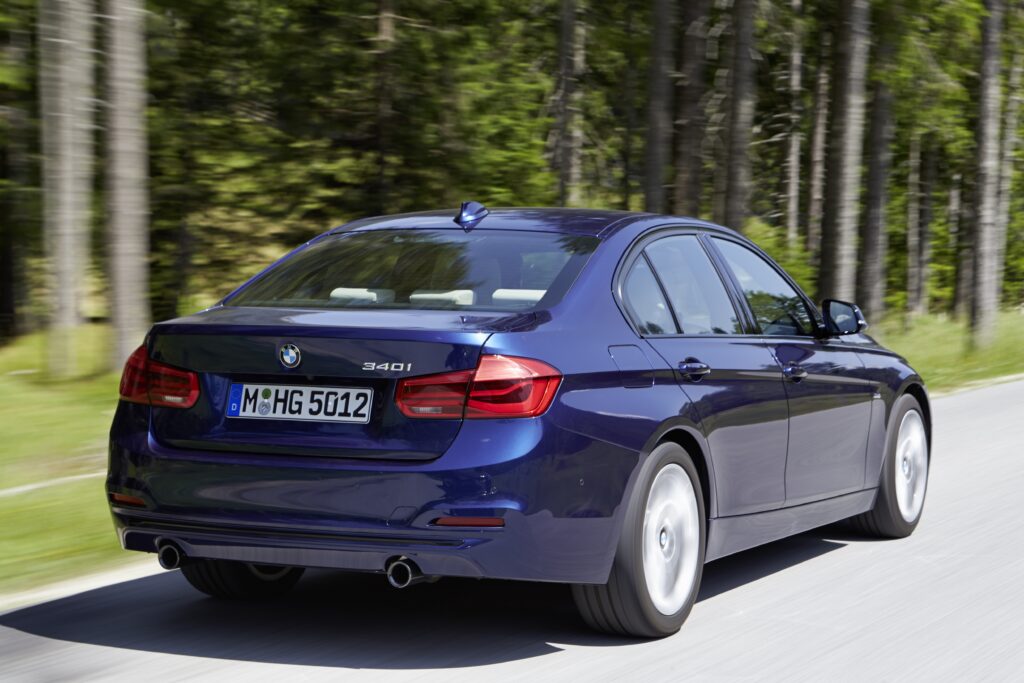
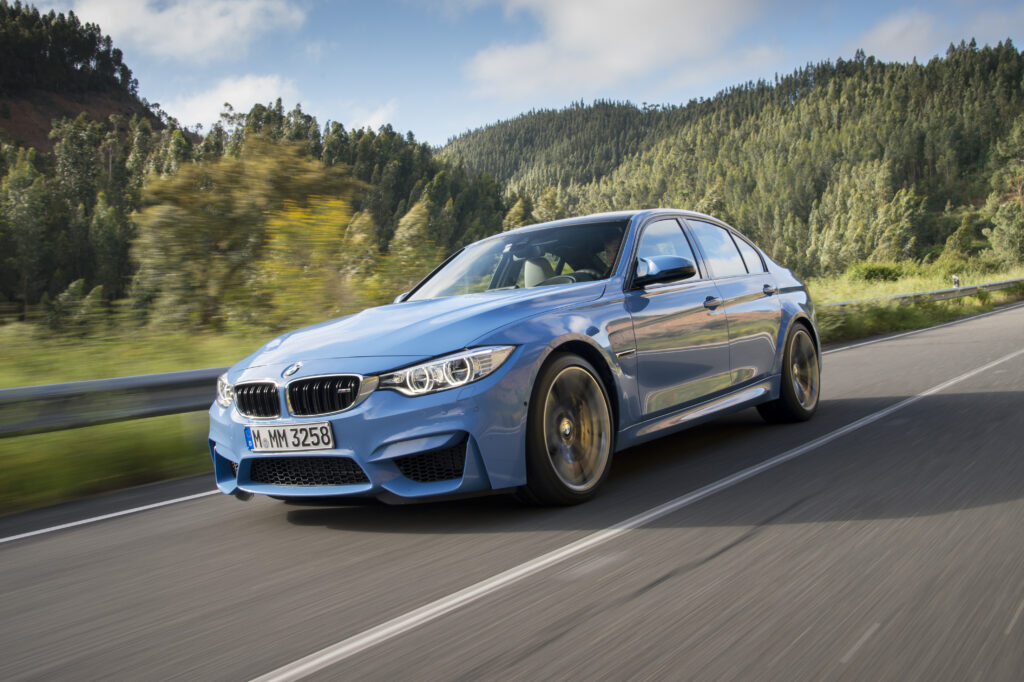
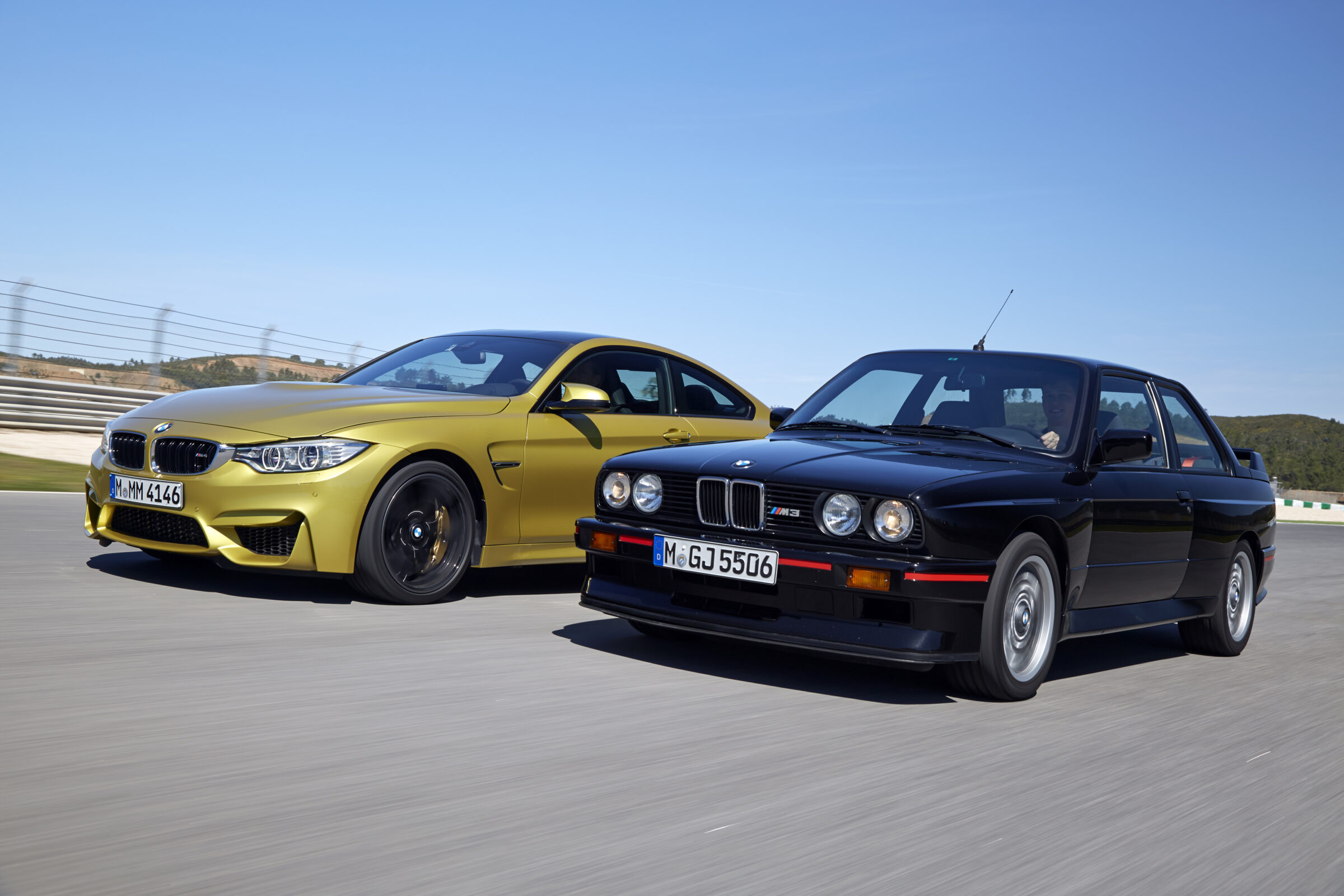
‘50 years, a promise’
Fifty years of the BMW 3 Series – that’s seven generations, millions of vehicles sold and countless personal stories. The 3 Series has changed, moved with the times, felt the pulse of society – and remained true to itself. Because ultimately, it’s not just a car, but a symbol. For driving pleasure, for independence, for the feeling that technology and emotion can form a unity.
The next 3 Series will be more electric, more connected, perhaps even more digital. But it will continue to put the driver at the centre, as it has done since 1975. And thus carry half a century of philosophy into the future.

